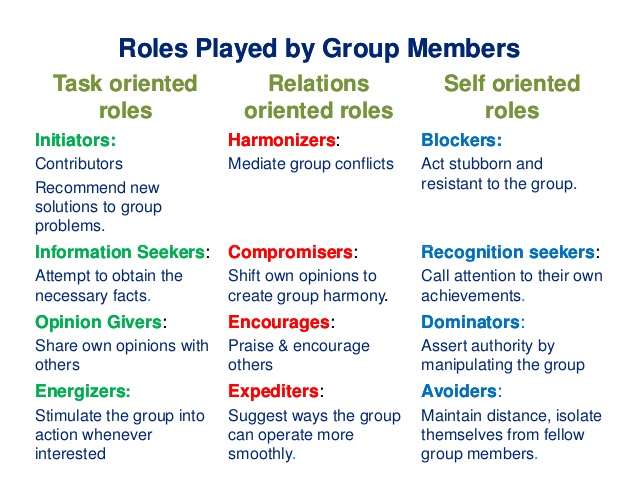
Sound decision making is critical out on the mountains – for example knowing when to turn around. However, in the planning stages of a mountaineering trip, many low(er)-stakes decisions also have to be made e.g. when/where to go, what gear to buy.
In most cases, decision making in a group of 8 can be identified as the origin of our lengthy meetings and discussions about the course/mountaineering/NZ/gear, particularly since we were approaching the trip as a group of equals. Below is a summary of different methods for group decision making, along with their advantages and disadvantages. Most of our decisions have been by consensus, with the exception of course provider (unanimity) and flights (authority).
Authority: discussion among group but final decision is made by one person.
+Fast
-Not everyone consulted so may be difficult to implement decision
Majority: discussion among group followed by a vote.
+Group members feel involved
-May encourage division among the group
Elimination: unpopular ideas are eliminated until only one remain.
+Good for lots of ideas and a small group
-Time consuming
Unanimity: all group members agree on the decision and that it’s the best option
+Everyone is on board with the decision so the required actions should be easier to implement
-Might be impossible to achieve
Consensus: all group members accept the decision
+Creates a supportive group dynamic
-Encourages group-think (a greater desire to reach a consensus that to reach the right decision)
In a group setting people tend to take on distinct roles and behaviours, see below. The effects of these roles and behaviours on the group is termed group dynamics. Positive group dynamics can aid decision making, significantly help goals to be met and, in the context of mountaineering, contribute to the safety of participants.
Therefore, our lengthy meetings were important not only to sort out logistics but also to learn how we functioned as a group, ensuring we make the most of our trip to NZ!

References:
C. M. Cashel, Group dynamics: implications for successful expeditions, Journal of Wilderness Medicine, 5 (1994), 163-170 (https://www.wemjournal.org/article/S0953-9859(94)71106-2/pdf )
https://www.slideshare.net/zprazan/group-dynamics-team-building
Featured image photo credit: Ash Brennan

